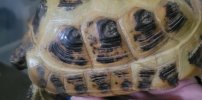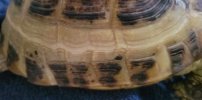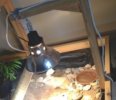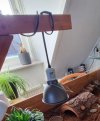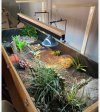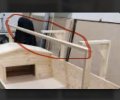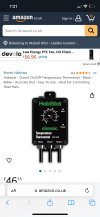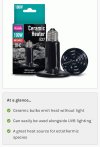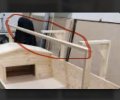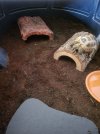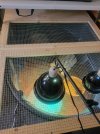CrystalCaryn
New Member
Hello! First time poster. 5 weeks ago, we adopted a rescued Russian tortoise. She had been found in a driveway. No one responded to lost pet posts, so we have no idea what her history is. She was checked by a vet who confirmed that she has metabolic bone disease, but otherwise seems very healthy and her stool was clear. She is now kept with UVA/B lights, a 90°F basking area, and with a 50/50 topsoil and coco coir substrate. She is also getting a varied diet including plantain, dandelion, clover, desert tort pellets, dark lettuces, arugula, and radicchio with a calcium D3 supplement. She should be able to thicken her carapace and grow, and she already has a new growth ring. My concern is that her left side looks pinched and it doesn't look like the new growth is even because of it. I don't know of anything that can be done to fix it, but how will this affect her long term health? Oh, I forgot to mention, the vet and I are guessing her age to be around 3 years old, she is definitely a subadult. The first photo is from June 4th, the side view photos are from today. Any advice is welcome.

